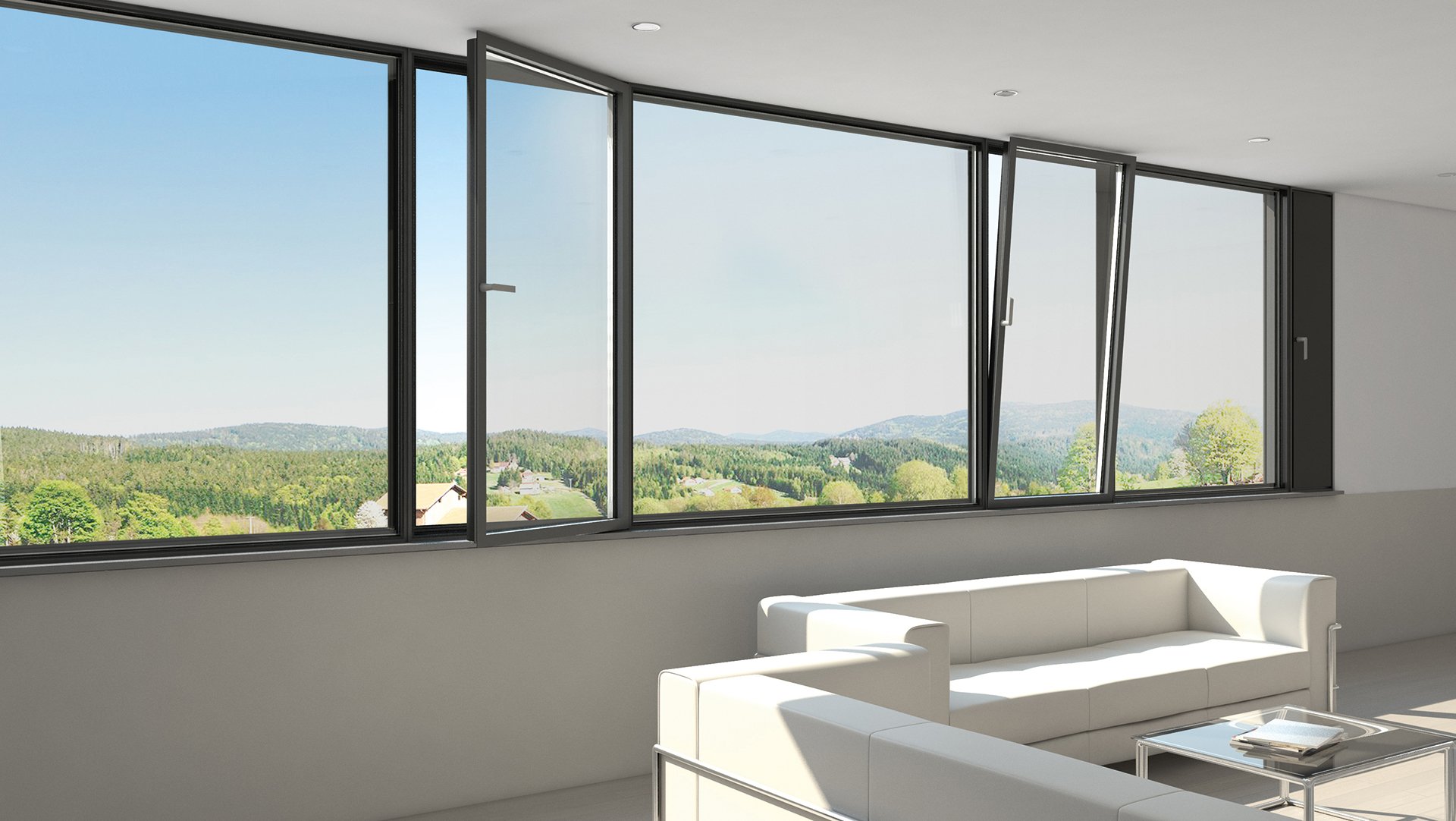Mastering Window Installation with the Strap and Bracket System
The strap and bracket window attachment system is gaining in popularity in the US because it provides many advantages over the nailing fin window attachment method.
There is no reason to steer away from the strap anchor attachment system. Once you install a couple windows with the system you will see the benefits of the new system.
The Advantages Include:
A cleaner and more streamlined appearance. Since the straps are hidden within the window frame, there are no visible fasteners or flanges on the exterior, contributing to a more modern and aesthetically pleasing look.
Strap anchor systems offer greater flexibility during installation. The adjustable nature of straps allows for precise positioning of the window within the opening, ensuring a proper fit. This flexibility is particularly beneficial when dealing with irregularly shaped or custom window openings.
The absence of exterior penetrations through the window frame minimizes potential points of water entry, enhancing the overall weather resistance of the installation.
The strap and bracket system, when properly installed with a high-quality sealant, contributes to improved energy efficiency. The lack of exterior penetrations helps minimize air leaks and drafts, providing better insulation around the window frame.
In the event of window repairs or replacements, strap anchor systems may offer easier access. The absence of exterior flanges simplifies the process of removing and replacing windows without disturbing the surrounding structure.
We'll explore the step-by-step process of installing windows with this efficient and secure system.
Installing windows & doors with the Strap and Bracket System
Step 1: Measure and Prepare
Accurate measurements are crucial for a successful window installation. Begin by measuring the window opening and ensuring it is clean, level, and square. Check the manufacturer's guidelines for specific measurements and requirements related to the strap and bracket system. Typically ½” on each side of the window or door is ideal to allow for shimming. In the case of doors the threshold should sit on the subfloor.
Step 2: Apply Sealant
To enhance the window's weather resistance, apply a high-quality sealant around the perimeter of the window opening. This initial layer of sealant will create a barrier against drafts and water infiltration.
Step 3: Position the Straps and Brackets
Position the straps and brackets on the window frame according to the manufacturer's instructions. These components are designed to support the window and distribute the load evenly.
A. Place strap anchor parallel into outer frame groove.
B. Rotate clockwise so the strap anchor points towards the interior.
C. Strap anchor locks into place perpendicular to the outer frame.
Strap anchors can be cut to fit or bent to allow for internal finishes.
Step 4: Place the Window
With the straps and brackets in position, gently place the window into the opening. Ensure that the window is centered and level, making adjustments as needed. The strap and bracket system simplifies this step by providing a secure foundation for the window.
Step 5: Secure with Screws
Screw the strap anchors into place or put the direct mounted fasteners in –match shim location with fasteners or strap anchors. Using the appropriate screws provided by the manufacturer, secure the window in place by attaching the straps and brackets to the surrounding structure. Do not to overtighten, as this could affect the alignment of the window.
Step 6: Check for Squareness and Level
After securing the window, use a level to check for both squareness and levelness. Adjust the shims and make any necessary corrections to ensure the window operates smoothly and looks aligned within the opening.
Step 7: Seal the Exterior
Apply an additional layer of sealant around the exterior perimeter of the window to reinforce its weather resistance. This step is crucial for preventing leaks and enhancing the overall energy efficiency of the installation.
Installing windows with a strap and bracket system offers an efficient alternative to traditional methods. This innovative approach simplifies the installation process while providing a secure and aesthetically pleasing result.







